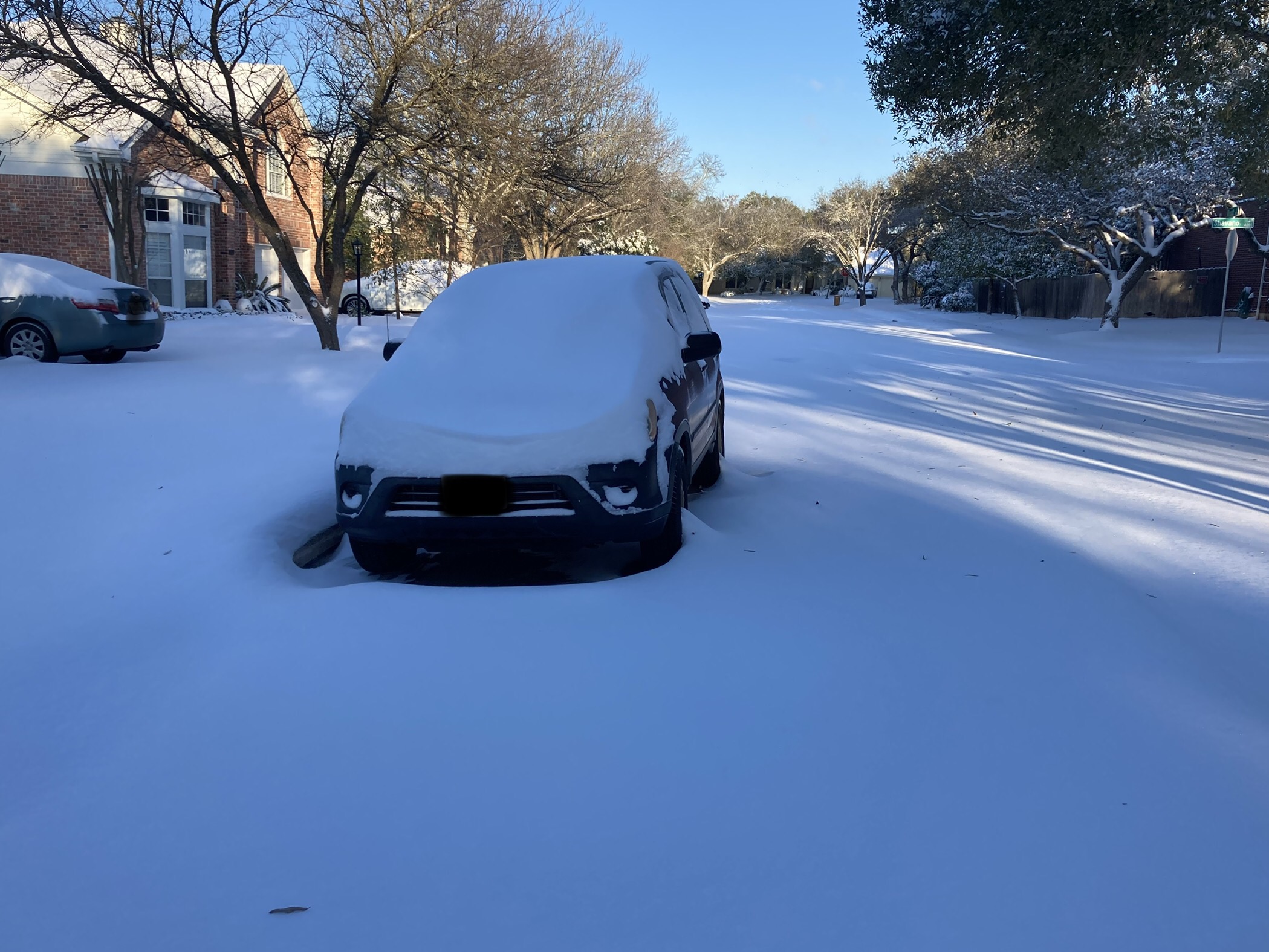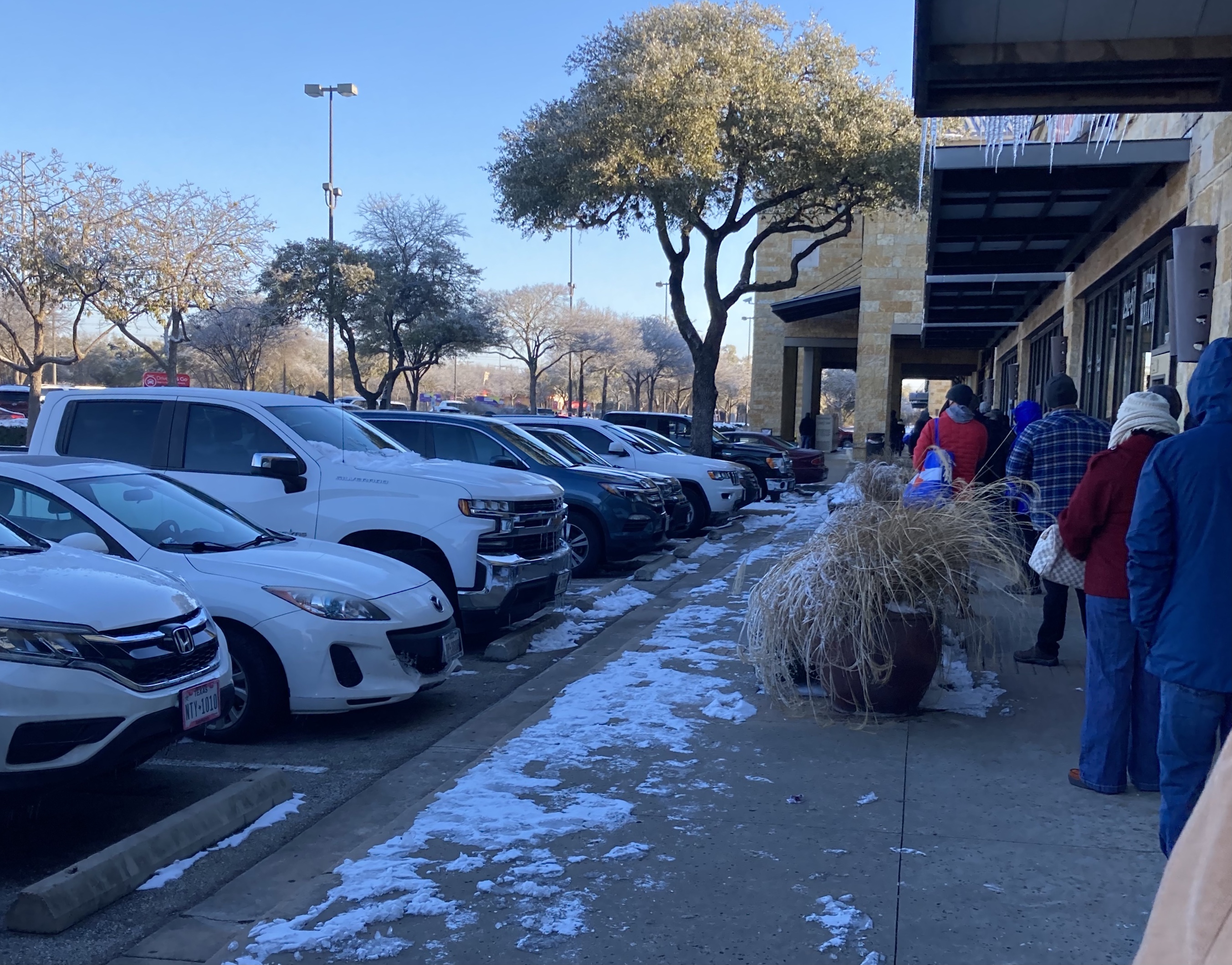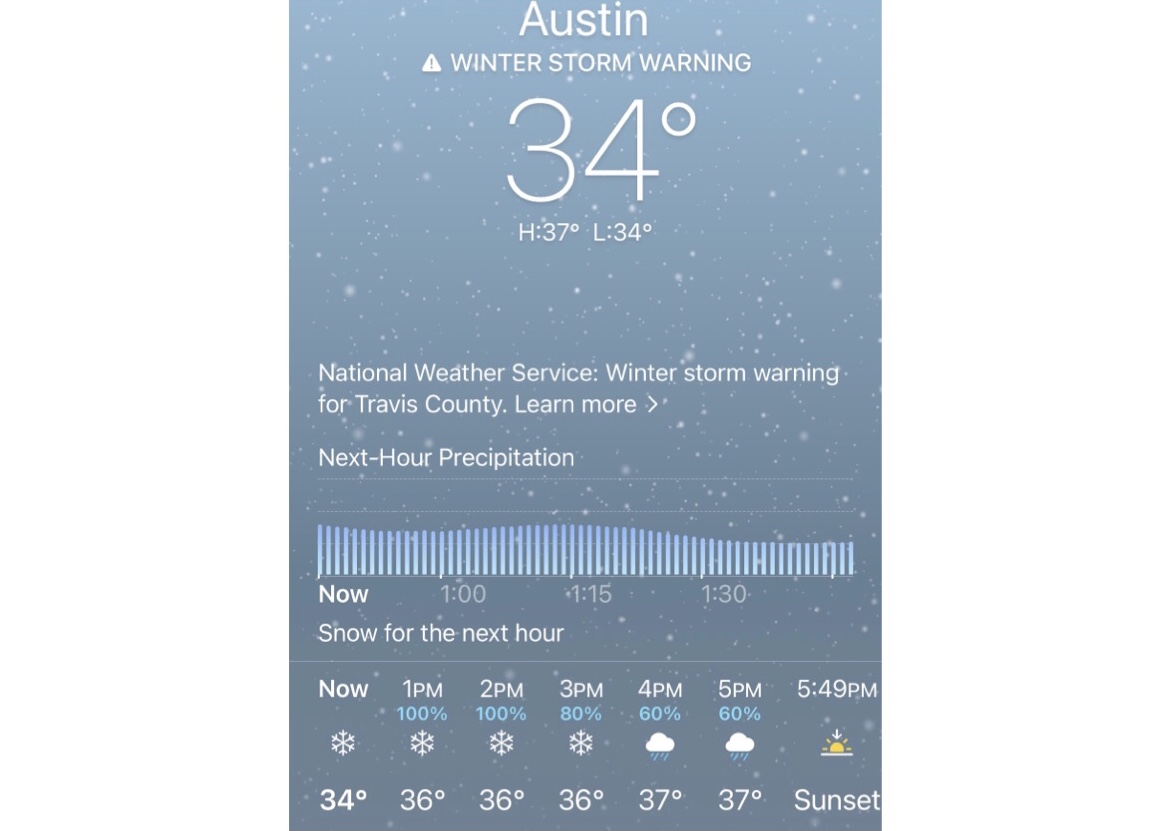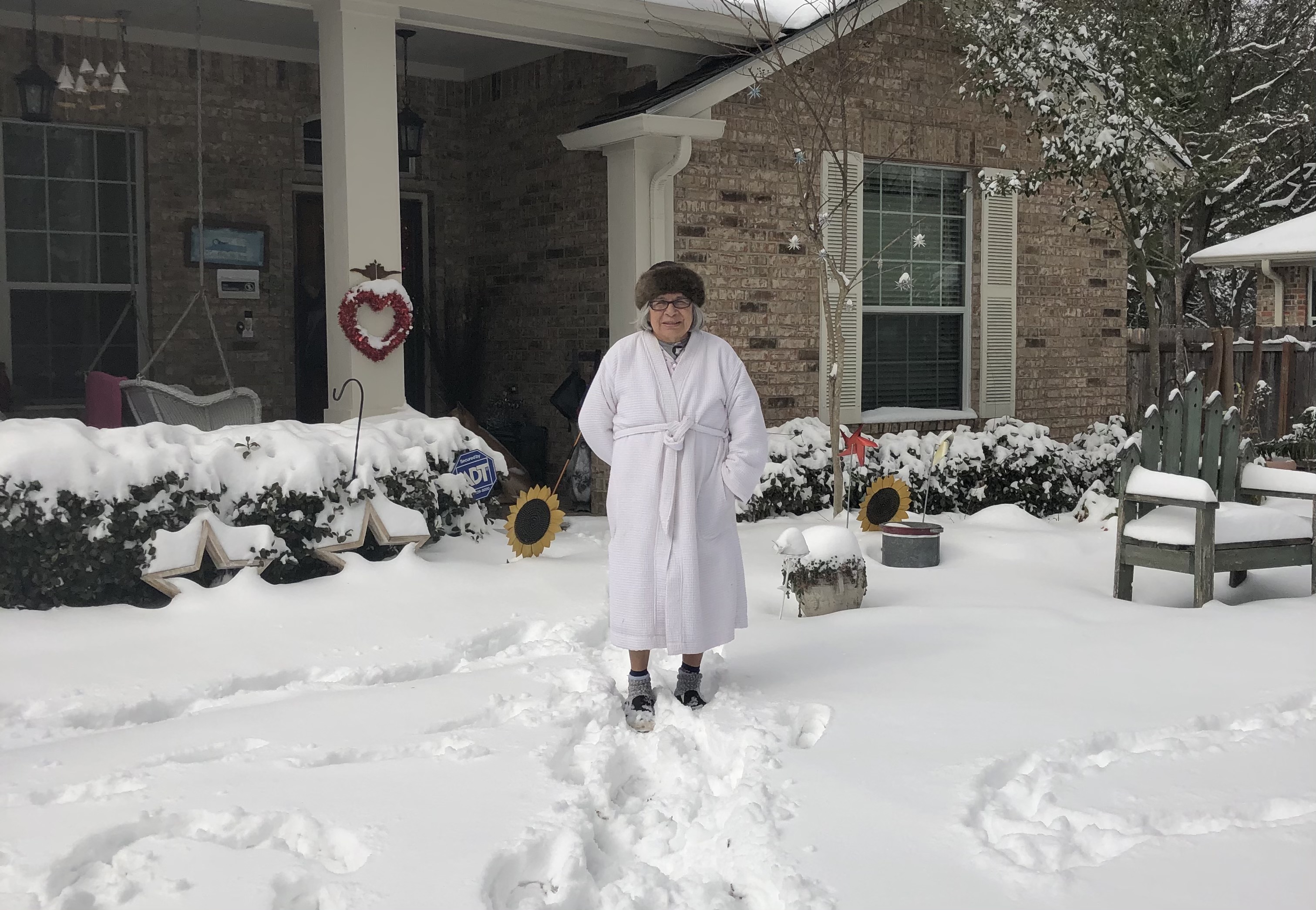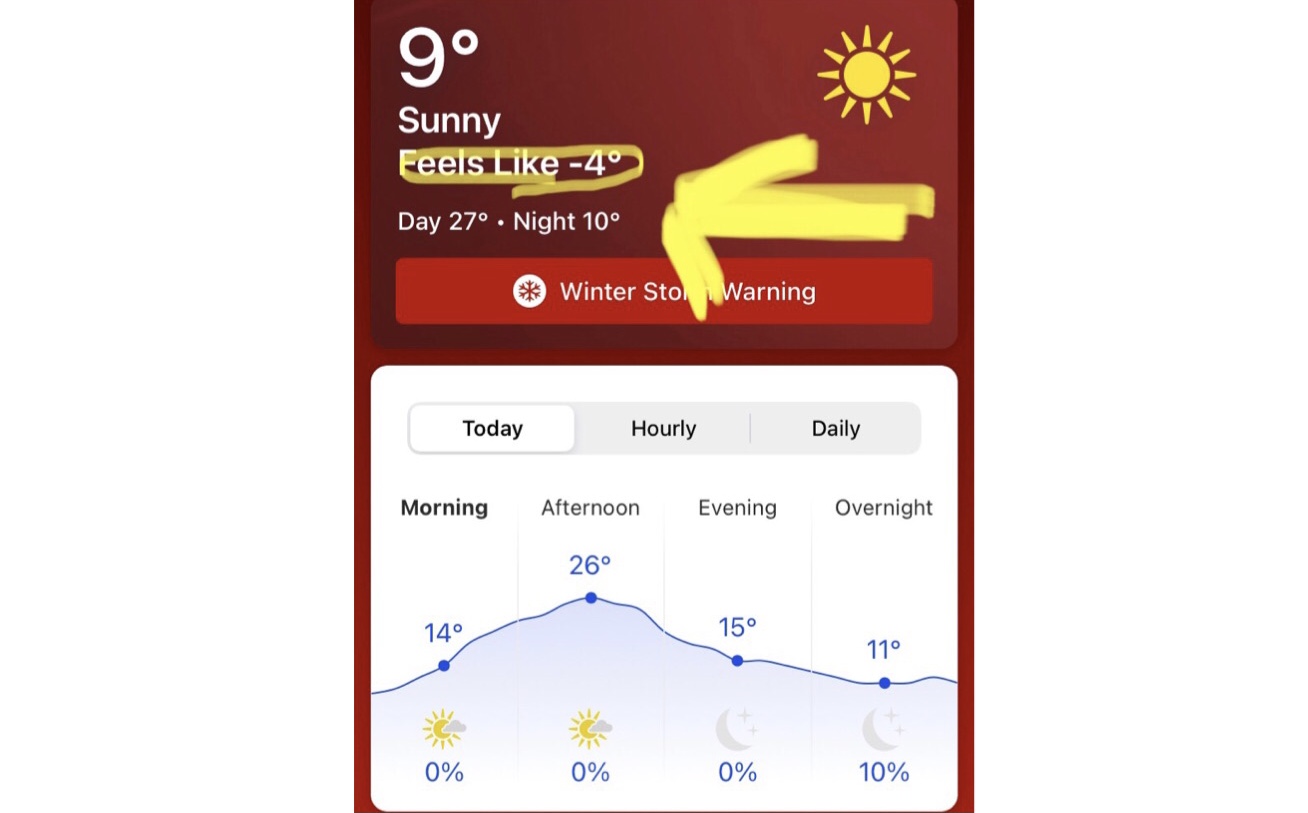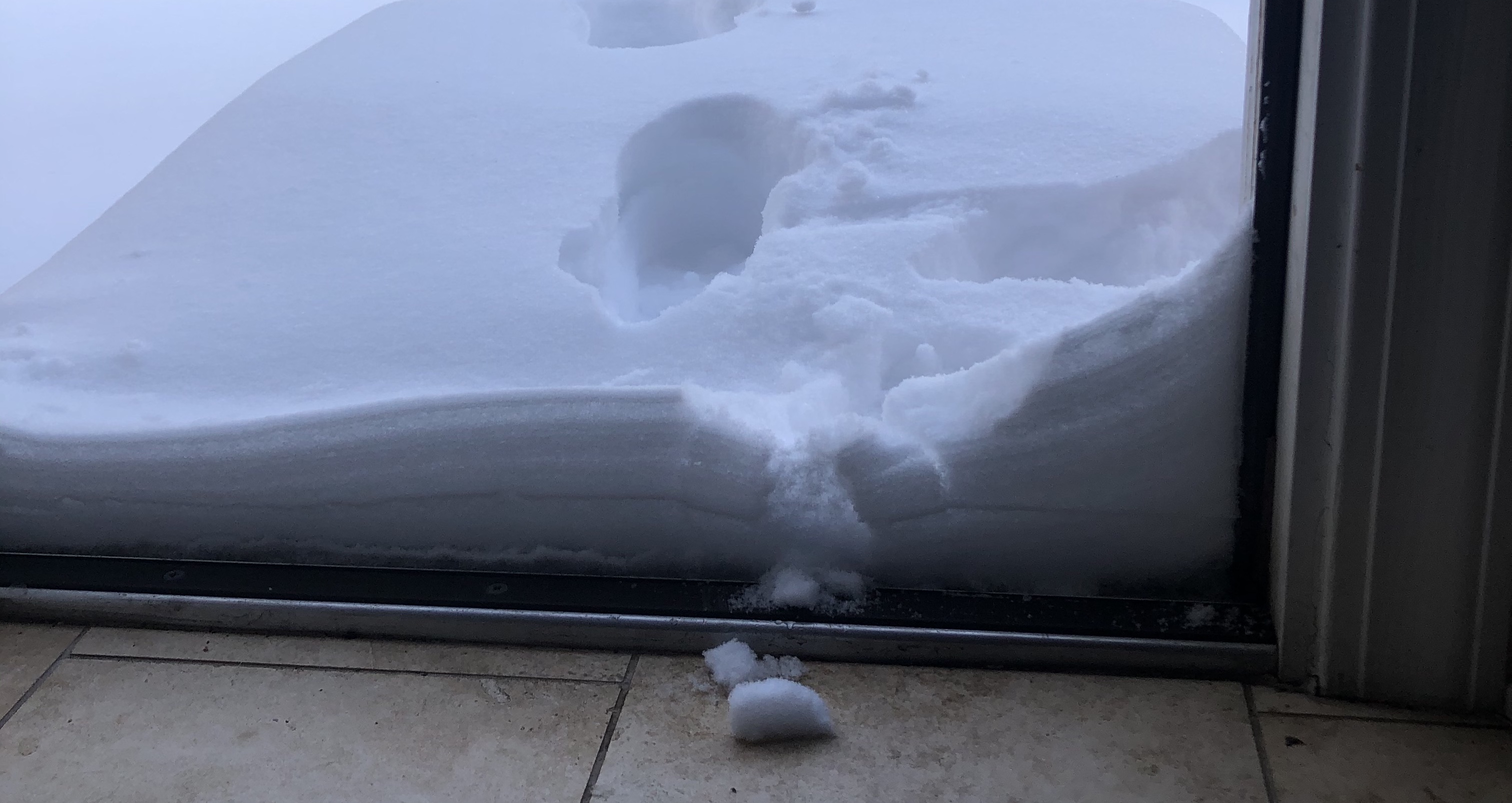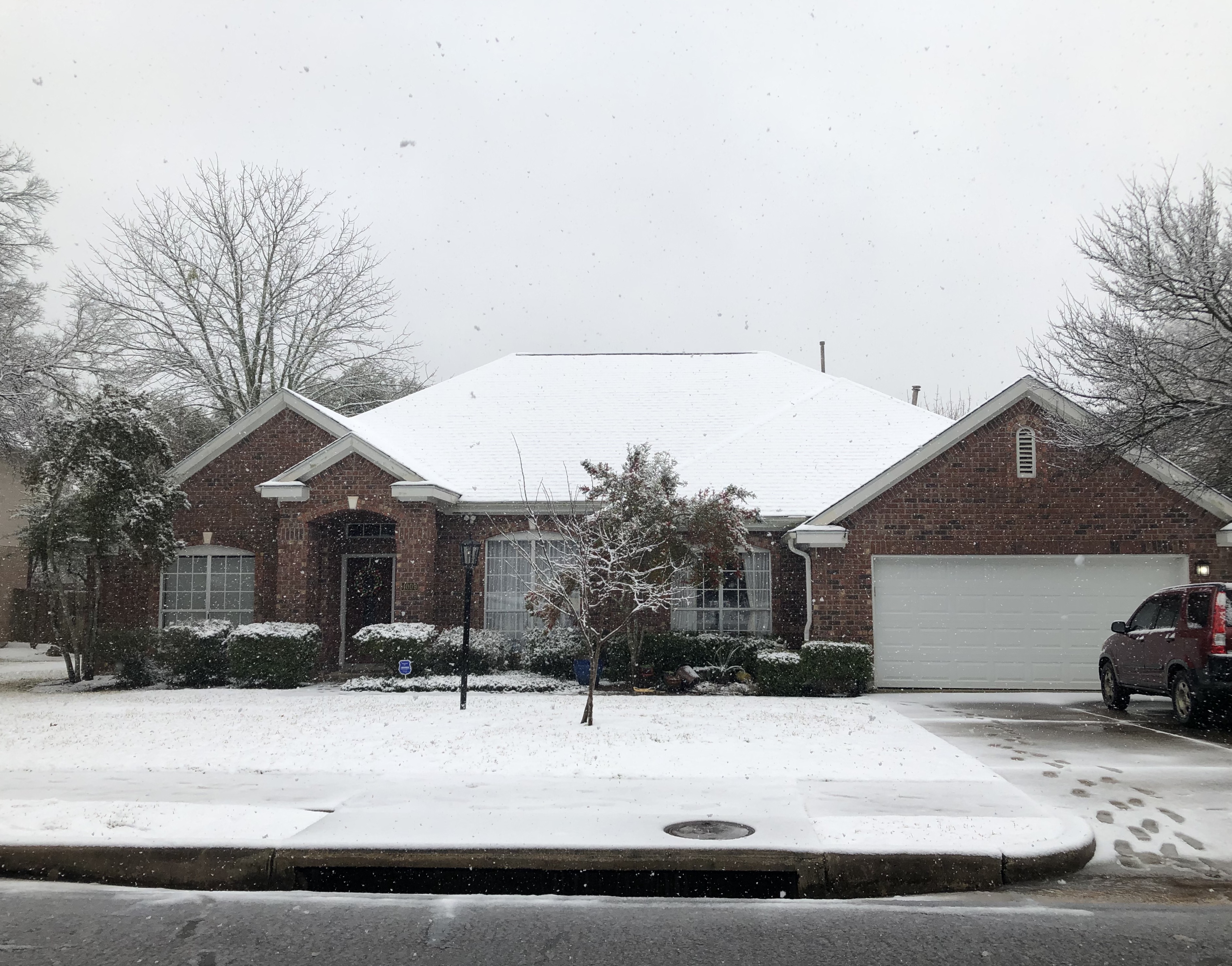
My House During the Winter Storm, Picture by McKenna Bailey.
My Winter Storm Experinece and the Problem with the Texas Power Grid System
by McKenna Bailey aka McKatniss
Eariler this year in mid-February the day after Valentines Day, Texans experienced a severe and harsh winter storm. Many experienced this for the first time, including me. I am a third generation Austinite and have never dealt with a winter storm like this before.
When the first snowfall came, my family and I were excited. We played in the snow with our dogs and had a fun time. The fun left pretty fast though. The next day our pipes froze and we had no water. That's when our troubles began.
Thankfully we had some packages of water bottles because my mother likes to keep them for emergencies. But we would need more water soon. We started to melt snow so we could wash our dishes, but it took hours to melt enough water.
Fortunateley for us, we still had electricity the second day but our grandparents didn't. So we hopped in our car and picked them up so they could live with us for a few days. Driving there was so scary, I never want to have to drive on an icy road like that again!
On the third day we lost electriicty. We thought that maybe it was a part of the rolling blackouts, but after two hours passed we knew we would not get our electricty back for a while. While we were cold for the rest of the week, We did have a gas fireplace we could light with a lighter to keep us from freezing to death.
Getting more water was the hardest part. We had to wait in line for hours at the nearest grocery store to get just a few gallons of drinking water. Flusing our tiolets was another matter. We have some pretty great neighbors who let us fill up buckets of water from their pools or faucets so we could flush our tiolets!
Besides being cold and sligtly dehyrated, the worst part of the week was not being able to take a shower. We also had problems charging our phones. Thankfully we have a portable power station for car emergencies that we took turns charging up oyr phones and laptops to check the weather, emails, call family to check on them, and do schoolwork/work.
Click through the photos below, taken by me, to see my highlights from the Texas 'Snow-pocalypse'.
A few days after the storm had passed, the snow had melted, and everything returned to normal; an eye-cathcing video from Vox came up on my Youtube subscription Feed. Vox had made a video about the winter storm called, "Texas's power disaster is a warning sign for the US". I immediatley watched it.
I was somewhat skepical of the information and arguments they presented in the video though. So like a true educated student, I did my own research. I looked at Vox's sources, and found that they match up and are accurate. I was worried about Vox being biased, but I saw no evidence of that.
In the video, Vox explains that how the coldest air during the winter is brought down into the U.S via cold arctic air that's usually contained up north in the Earth's jet stream. This is called a polar vortex and it’s a common occurance.
What was unusual, is for the polar vortex to go as far south as it did, and reach Texas. Most Texans know that February is typically fairly warm here, but temperatures dropped dangerously low.
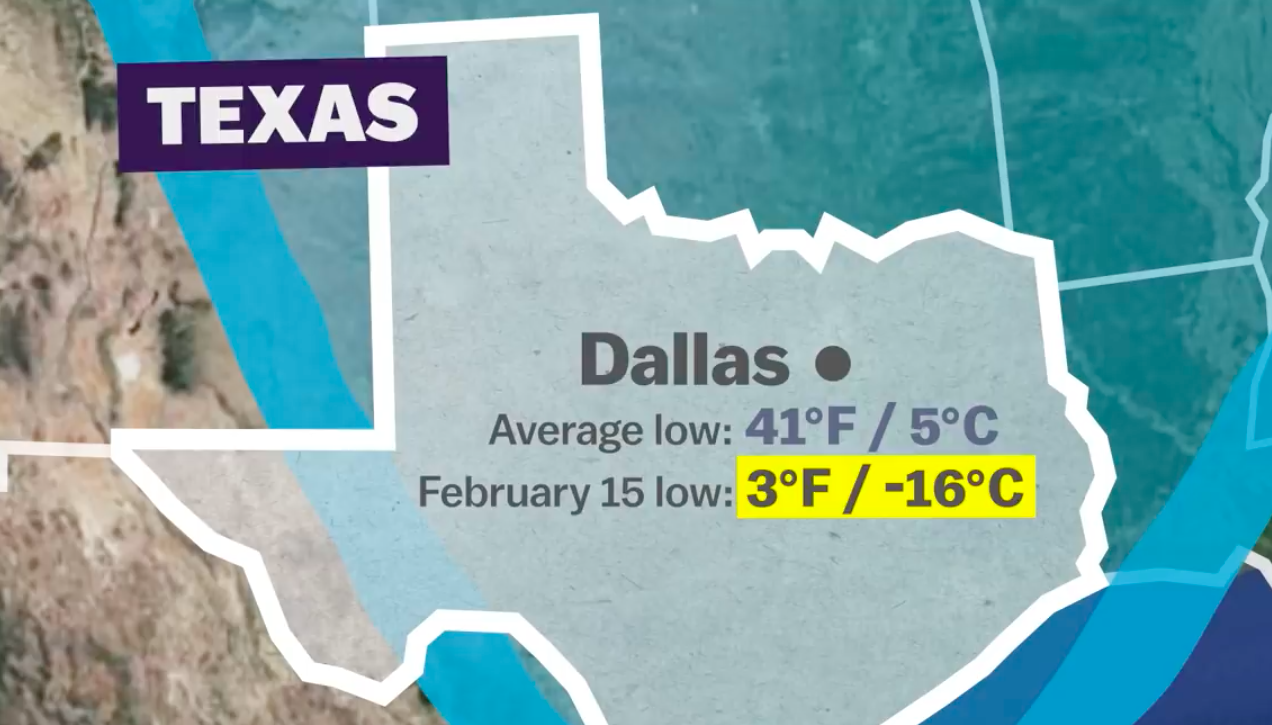
Average Temp vs the Temp During the Winter Storm, Picture by Vox.
During the "Snow-pocalypse", more than 4 million of us Texans lost power. Many of us would not get it back for nearly a week. Also so many pipes had frozen and people didn't have water for weeks after. People were melting snow for water, just like I did. Sadly, dozens had even died from the cold in their cars and in their homes.
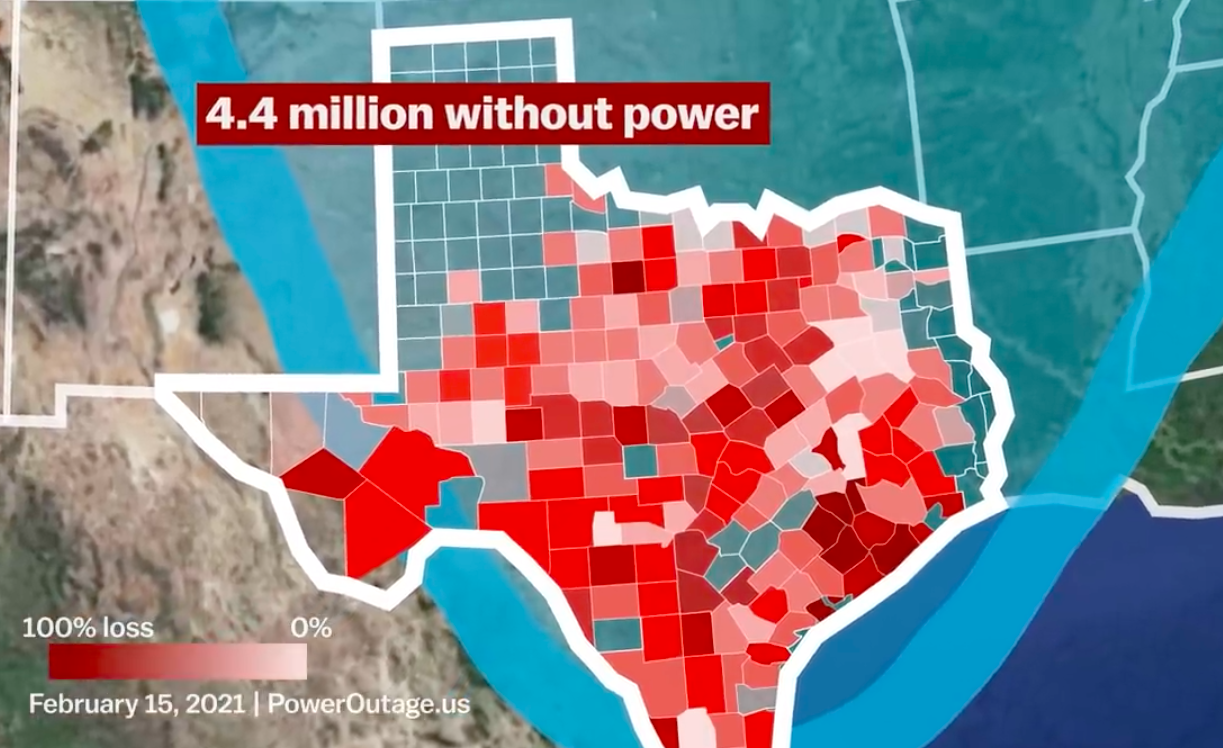
Map of the Texans Who Lost Power Suring the Winter Storm, Picture by Vox.
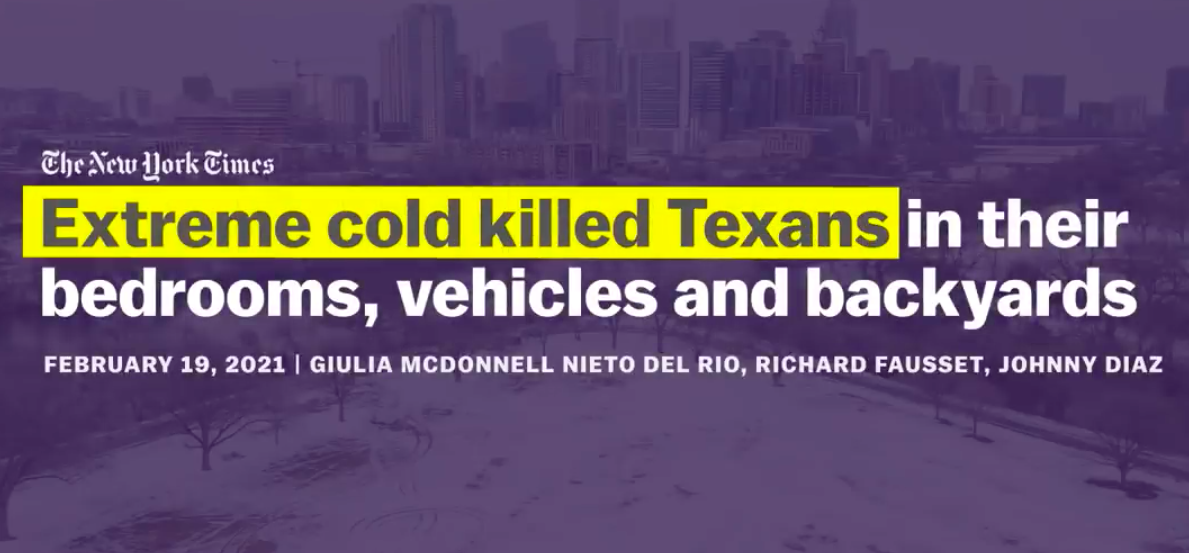
Article From The New York Times About Texans Killed During the Storm, Picture by Vox.
I almost couldn't believe it when I found out that Texas' entire electrical grid was within "seconds and minutes" of a failure that would have lasted months if it has actually failed. I'm so thankful that it didn't, but that was a close call. Too close in my opinion.
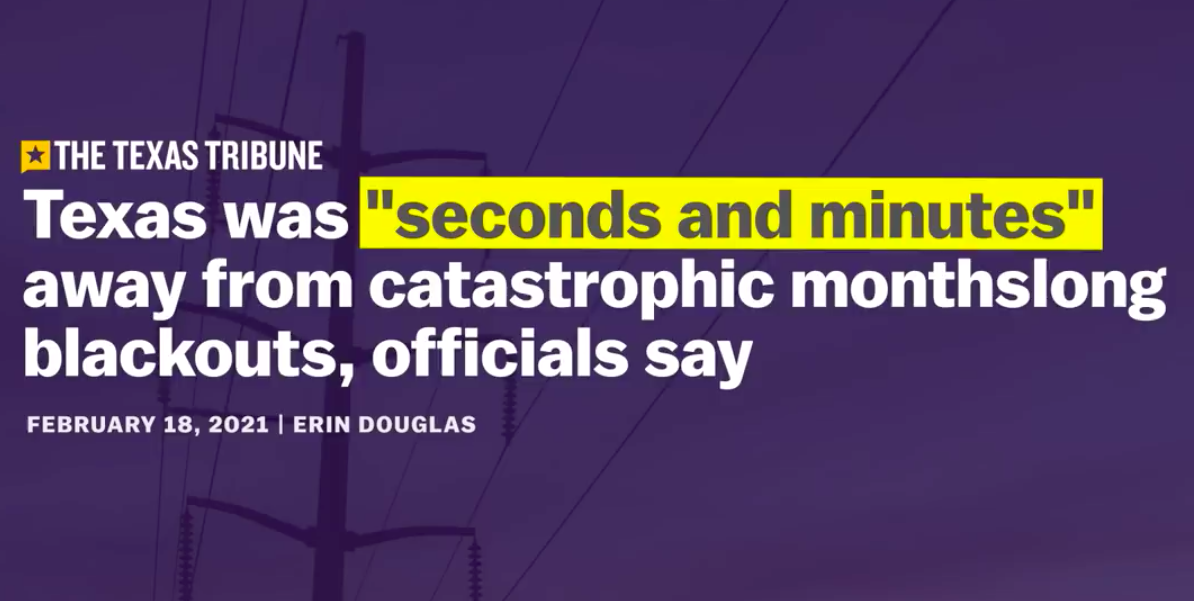
Article From The Texas Tribune About How the Texas Power Grid Almost Failed, Picture by Vox.
Even though the storm hit such a huge area, it was really just us here in Texas that had a major loss of power. Unfortunatley, there is a reason for that. A reason that I had no idea even existed. I certainly learned a lot from doing this research to say the least.
I especially laearned a lot about how power grid works. For those who don't know, here is the gist. Whenever you use electricity in your house, you are getting it from a power grid. This power grid is getting the electricity from a bunch of different energy systems, like nuclear power plants, wind farms, or natural gas facilities.

Graphic of Three Forms of Energy Texas Uses, Picture by Vox.
In the U.S., these places are generally run by private energy companies. These companies then work with your local power utilities who then directs the electricity around the power grid and into your home. That local power utility is overseen by a government commission, who is in charge of setting prices and safety standards.
The grids most Americans are on are huge. There are two main grids in the U.S. The Eastern Interconnection grid that spans the entire East Coast, and the Western Interconnection grid that spans the entire West Coast. Both of these grids meet in the middle of the U.S.
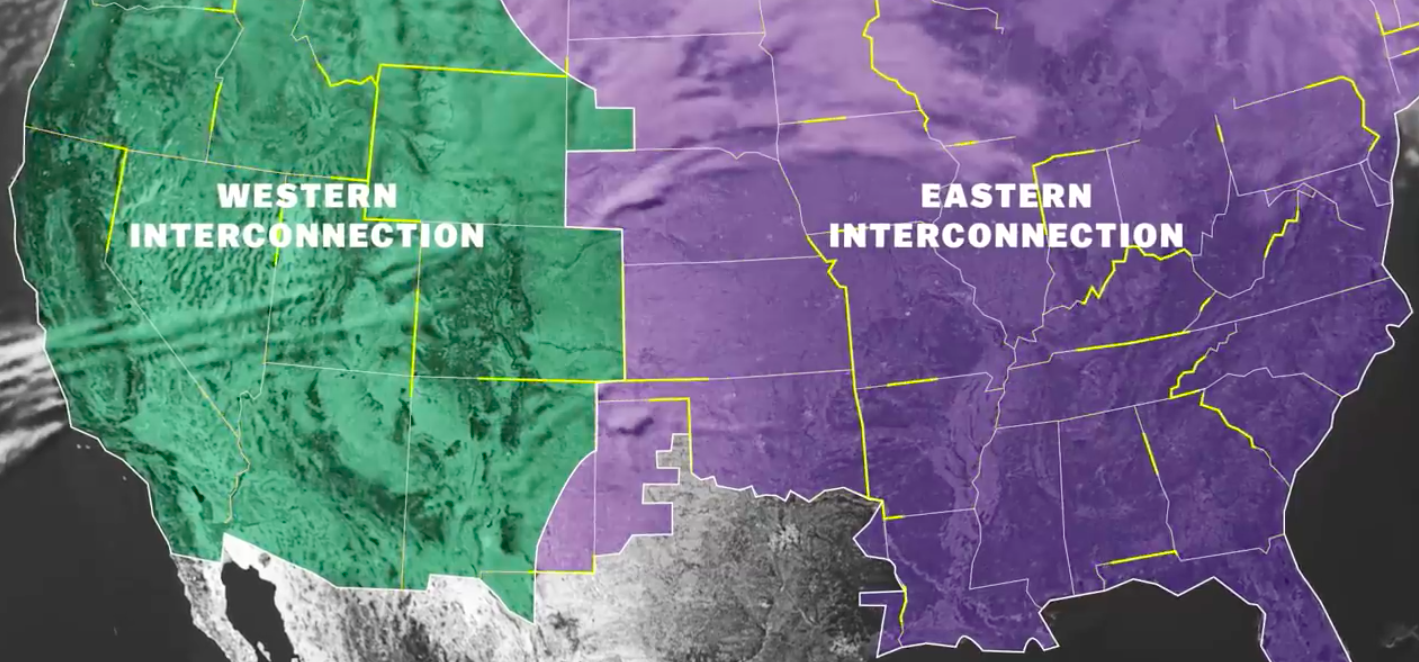
Map of the Two Power Grids in America, Picture by Vox.
In the Vox video, they intervired Jesse Jenkins, Energy Systems Professor at Princeton Univeristy: “It’s kind of a remarkable engineering feat. It’s probably the biggest machine humans have ever built.”
Altough most power is local, these grids allow electricity to flow through large areas and between states. Having this huge grid means that in an emergency, power can be sent anywhere it’s needed. For example, Oklahoma was also hit during the winter storm and needed more power. Instead of losing all thier power, they were able to recieve electricity from neighboring states connected to the grid.
However, it’s not really possible to send power to Texas. Texas chose not to connect to the two big grids, back when they were being built 100 years ago. This was because the grids covered several states and it meant the federal government would regulate them. Texas, being the conservative state that we were, did not lke the idea of more government regulation.
“Texas decided to kind of go it alone. It’s a very uniquely Texas type thing to do.”
Therefore most of Texas is on its own separate grid. It means that Texas doesn't have to follow the same regulations such as reliability and cost standards like the rest of the country. However, it also means when we lost power in the storm, we could not easily get electricity from other states.
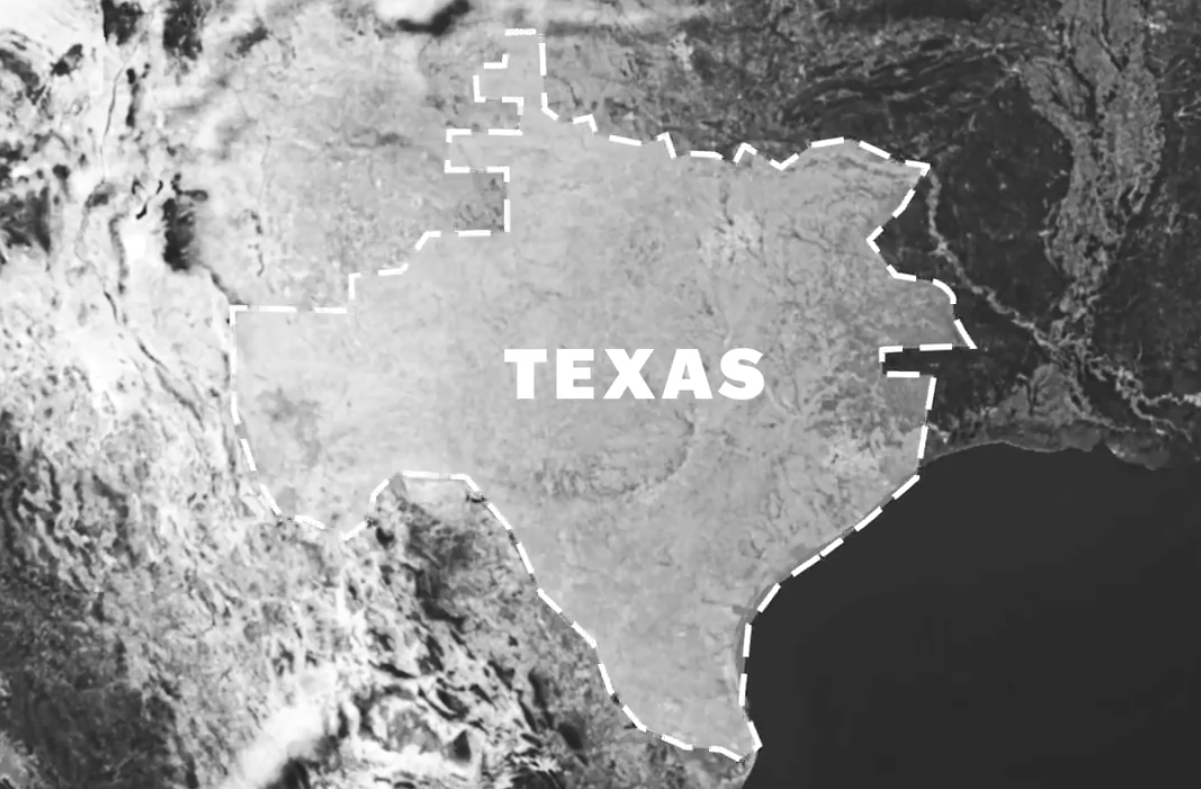
Outline Map of the Texas Power Grid, Picture by Vox.
Our independence, though, wasn’t the reason why we had trouble in the first place. Being on our own, we must make all of our own power. We have a variety of sources to use though. They were all affected when the storm came. Several coal plants stopped operating as coal piles froze, a nuclear power plant went offline, and some wind turbines froze.
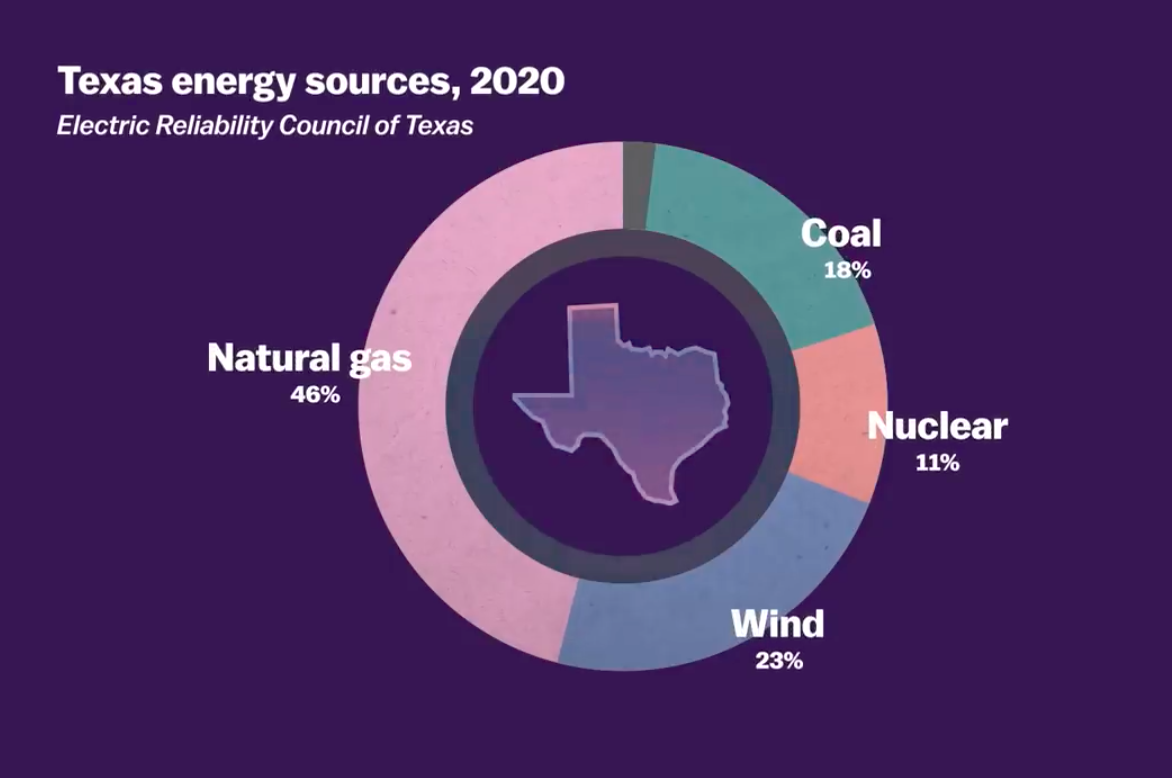
Pie Chart Graph of the Texas Energy Systems, Picture by Vox.
“But the biggest failure, in terms of it's magnitude and it's impact, was the natural gas system.”
Our natural gas even froze in storage wells and pipe lines becasue natural gas contains water vapor. In part, every single one of these systems failed. Upon looking into it, so many articles said that the problem did not stem from the type of energy, but from the companies running the energy not being prepared for the severe cold.
“Clearly, you can run an energy system in cold temperatures. There are wind turbines operating in Antarctica, and gas plants in Alaska and Alberta. So this is not a technology specific issue. It was more a failure to anticipate that this is something that could even occur in Texas at this length and severity, and to prepare for extreme cold temperatures.”
I think it should have been anticipated because this has happened in Texas before. In 1989, the same kind of artic storm polar vortex caused natural gas plants to have the same problems we had in February, resulting in rolling blackouts. In 2011, once again the same thing.
After both storms, federal commissions recommended to the Texan utility commission (TUC) to ensure reliability in extreme weather conditions, and especially for the state government to create winterization standards for these energy sources. The TUC did make those standards, but only made them voluntary.
When I read this I was like you have got to be kidding me! Voluntary? Of course the majority of companies did not winterize then. These private companies don’t have a strong enough incentive to spend their money preparing for unpredictable weather events and it's too infrequent for them to be required to. This problem is not just limited to Texas, however.
“The particular vulnerability to the extreme cold maybe a uniquely Texas thing. But I think what it shows, if you need to check your blind spots. And that applies everywhere.”
Below is a chart of severe weather disasters in the U.S. within the last forty years. Pay attention to the storms highlihted in orange. Here you can see an arrow pointing to the 1989 Texas winter storm, and another arrow for the one in 2011.

Upward Trend Graph of Severe Weather Disasers in the U.S., Picture by Vox.
The graph clearly shows an upward trend of disasters and storms. They are becoming more frequent in Texas, in the U.S., and in the world in general. To me, it looks like the US is definately not prepared.
How can it be when the power grids were built sixty to seventy years ago and were only made to last fifty years. That experation date has long since passed! Some studies Vox pointed out point said nearly 100 power facilities on the coast are in imminent danger of flooding and storm surges.
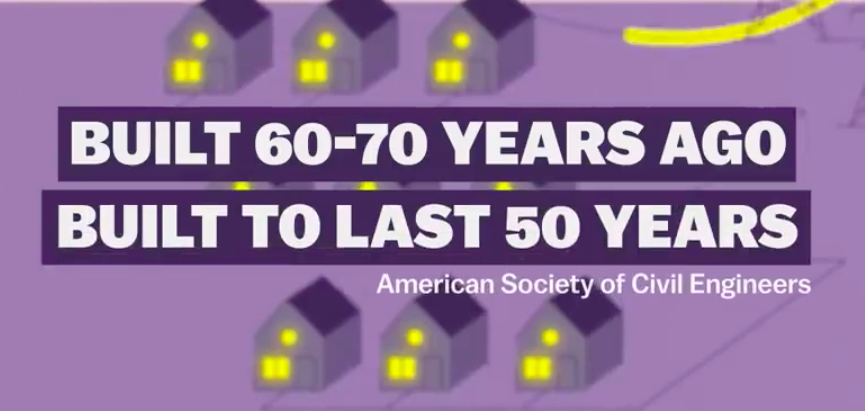
The Power Grids Were Not Built to last, Picture by Vox.
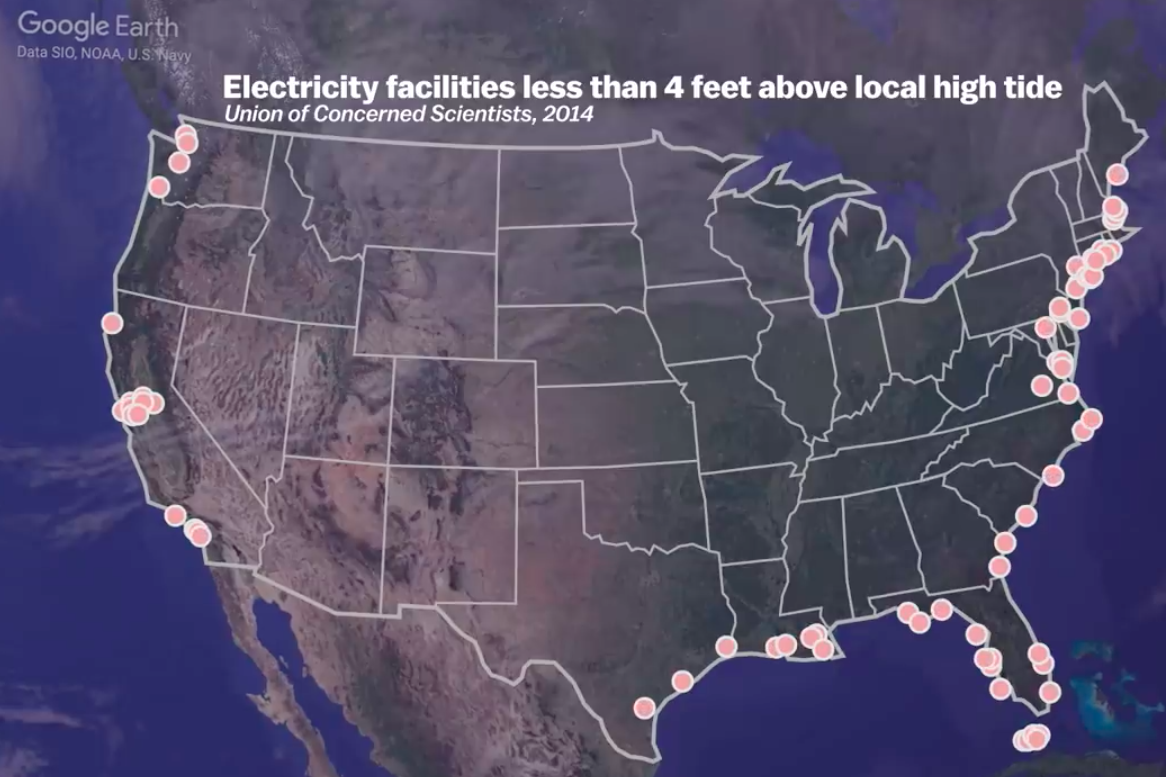
Map of Coastal Facilities in Danger by Water, Picture by Vox.
Unless they are required to, the private energy companies running the grids, aren’t going to change. However, utility commissions, state governments, and the federal government can require it. All three can even help pay for the changes.
Sure we might have to give in to some federal reguation, but I think staying warm and safe might be worth it. Texas had been warned years ago to prepare its energy systems for severe weather disaters and climate change, but we did not do it. Now, the rest of the U.S. will be in the same boat soon enough.
“It is a wake up call for everywhere to think about how do we prepare our energy infrastructure’s to our other critical infrastructure for extreme events that may become more severe and may become more likely. And that isn’t about just thinking about what is probable, but also what can break the system in a way that is catastrophic?”
The screen is xs sm md lg xl xxl
